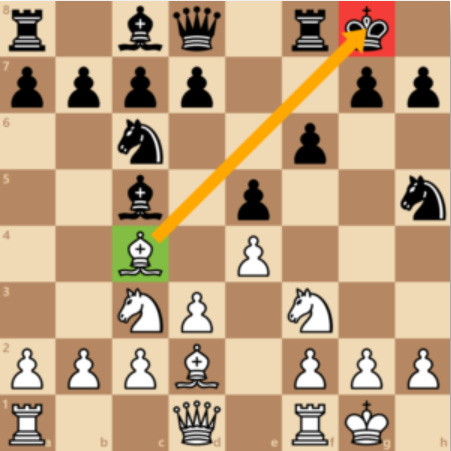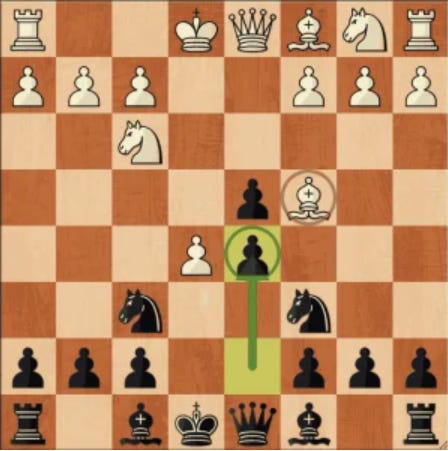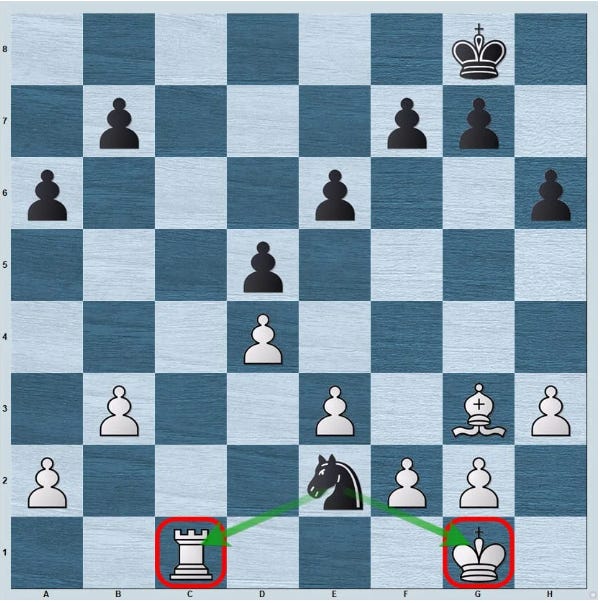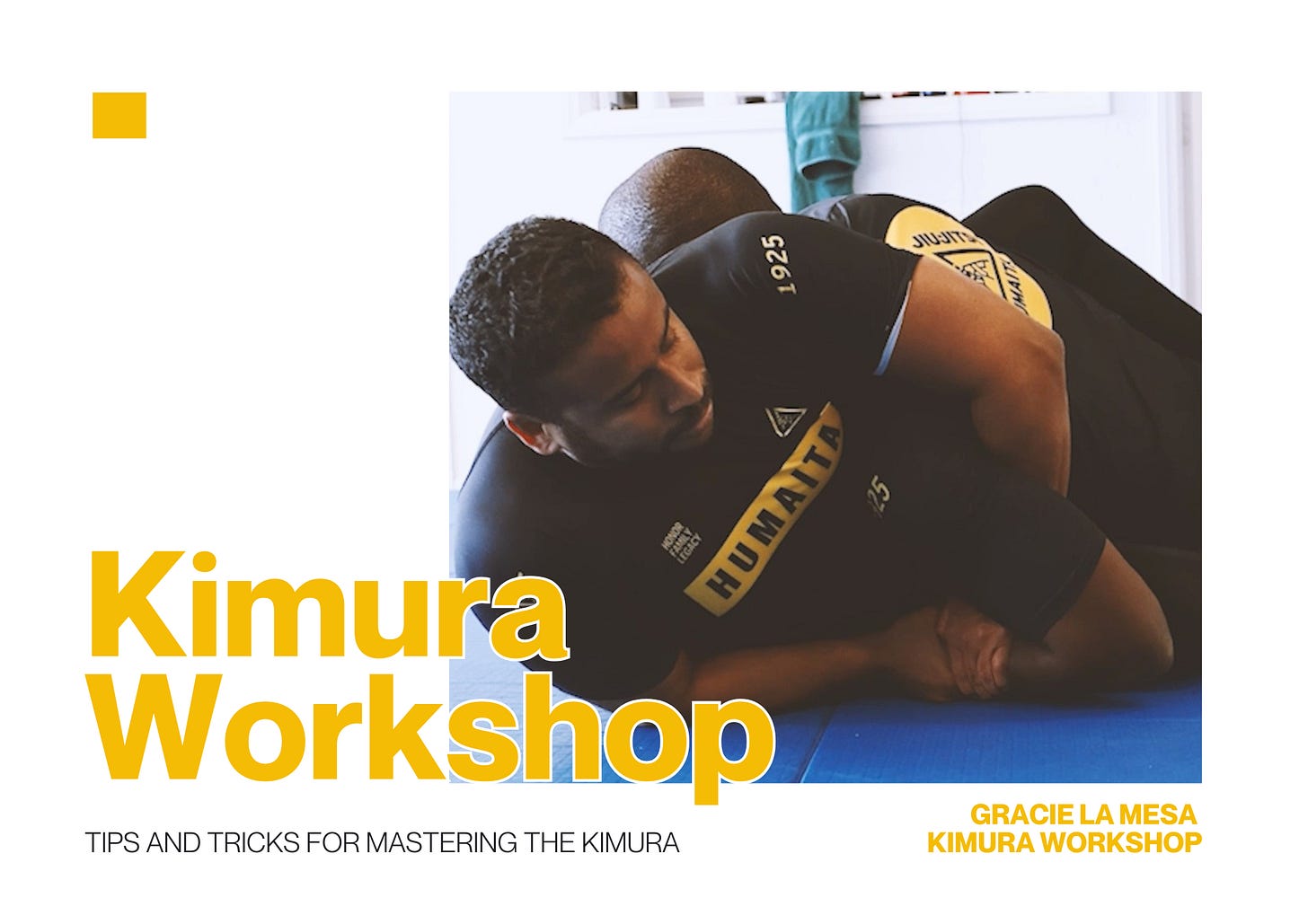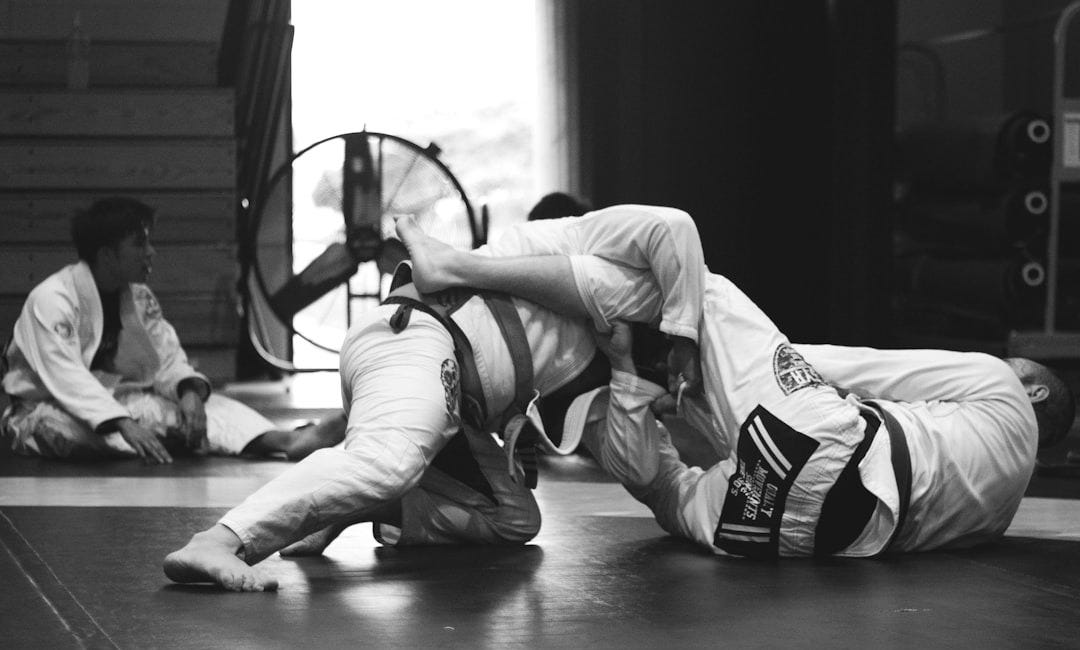
There are two general types of attacks that people think about, Direct and Indirect.
Direct Attacks - Closed Guard to the Triangle Choke finish. (A to B)
Indirect Attacks -Closed Guard to the Triangle, Omoplata finish. (A to C)
Direct attacks are the first ones we learn, but also the easiest ones to defend if you see them early enough. Now, indirect attacks are where the magic happens. This is where strategy begins to blossom.
Benefits of Indirect Attacks
Slight of Hand - Have you ever rolled with someone who seems to know what you’re going to do? Well, they are playing the indirect game. Presenting you with something to raise your concern, all while knowing the most likely responses.
Willing Participants - When I present a threat, I’m offering you a choice. You can submit to the initial threat or willingly offer me what I really want. When I present the Triangle, I’m making you complicit by deciding to tuck the arm into the hip, ultimately giving me the Omoplata.
Direct Attacks
One of the first attacks that I learned when I trained at UC San Diego’s REC class was the Rear Naked Choke. It was familiar because I had seen it applied in Professional Wrestling and MMA a thousand times on TV.
Aside from getting to the back, it’s a pretty direct attack. Similar to a Triangle or Arm Bar from Closed Guard. These types of attacks are lineal A to B connections.
In this example, White puts Black in check with it’s direct attack on the King.
The issue with the A-B attacks is that they are often predictable. While a student might find some success with the lineal attacks against lesser experienced players, the more advanced players will often see the attack coming.
Indirect Attack
The indirect attacks on the other hand require more skill and some slight of hand.
When you have enough techniques under your belt, you’ll find ways to group them together according to positions and transitions.
In the diagram below, Black pushes the Pawn to threaten White’s Bishop with what appears to be a lineal attack. Black is actually baiting White to take the Pawn, so they can counter with their Knight along the left.
I would equate this to attacking the Triangle with the idea that the opponent pull their arm back and hide it behind your hip, which leads to the Omoplata, which I would much rather have due to my stubby legs.
Forked/Layered Attack
Layered or Forked attacks can come in many forms. While these are very similar to indirect attacks, they are slightly different.
In this example, Black Knight has moved into position to attack two pieces on the the board at the same time. This is very similar to those rare positions where you can actually attack two submissions at once.
Examples of this would be hitting the traditional Triangle or the Back Triangle, strangling your opponent while simultaneously attacking the Armbar or the Wrist Lock.
My Favorite Multi-Level Attack
The Kimura Trap system is by far my favorite attacking sequence because it creates so many of the opportunities that I mentioned above. It’s one of the most versatile attacking systems in all of Jiu-Jitsu.
DFM Coaching is dedicated to helping you overcome mental hurdles and achieve your full potential in BJJ. Whether through in-person instruction, seminars, private lessons, remote coaching, or video analysis, I provide personalized support tailored to your needs. Keep pushing forward, and let’s grow together!
You May like..
The Dilemma Principle
Early on in our Jiu-Jitsu careers, all of our attacks are linear, in an A to B attack formations. An example would be, Closed Guard to Arm Bar. When we get the submission, things are great. The issue comes when that first attack eventually fails and we feel we have no other contingency plans. For a good few months, you collect techniques, ultimately tin…


